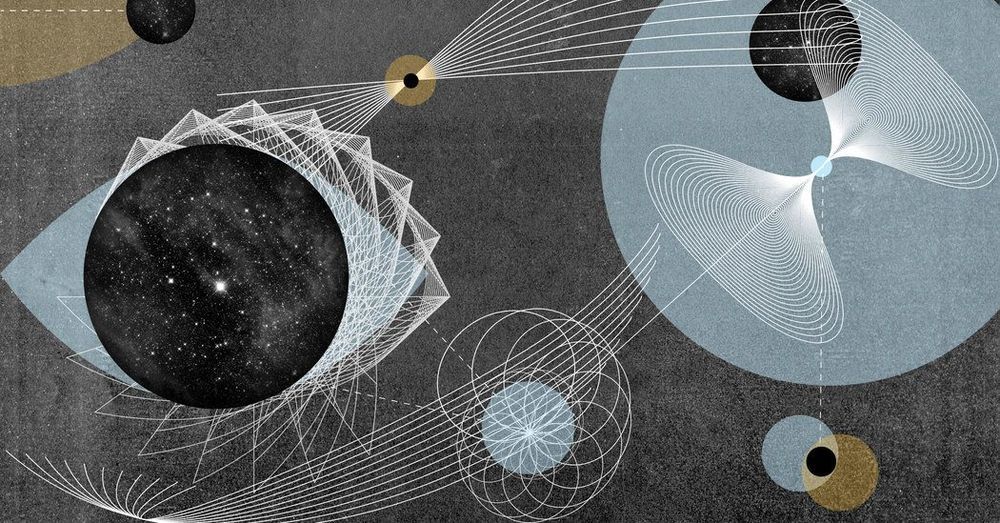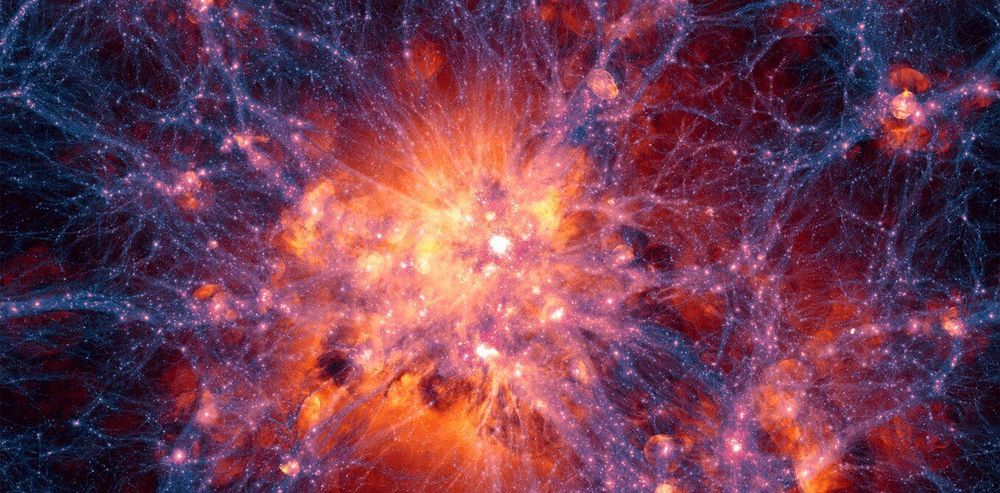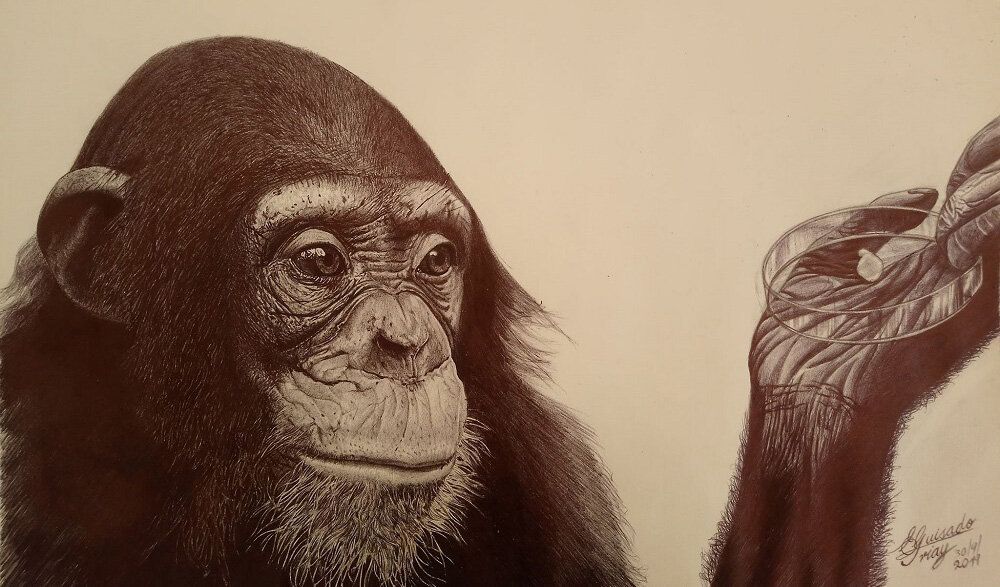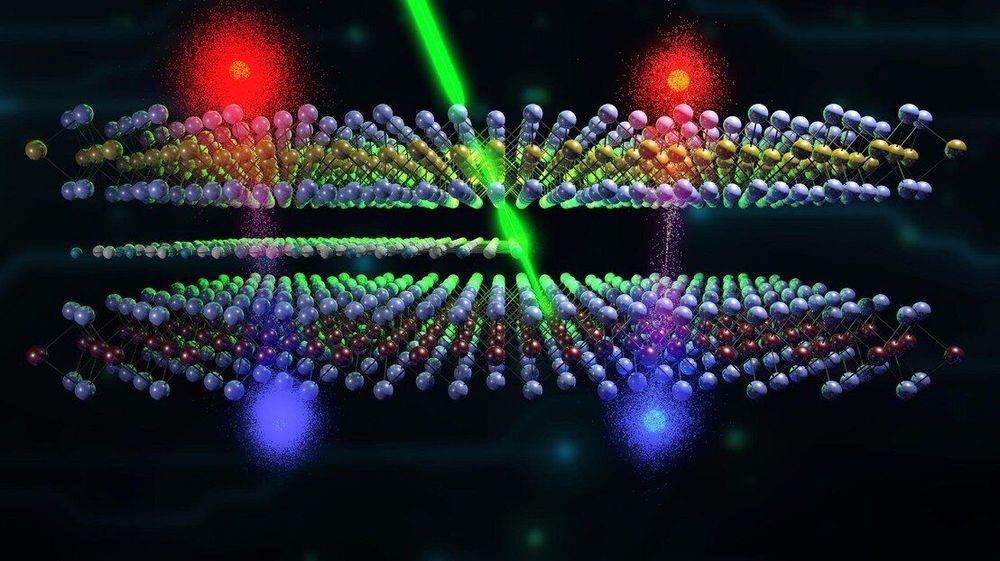Theoretically, the universe may be riddled with tunnels through space and time. Two scientists have now proposed a way to detect the existence of a cosmic escape hatch.
Page 7396
Nov 14, 2019
Shape of the universe: study could force us to rethink everything we know about the cosmos
Posted by Paul Battista in category: space
No matter how elegant your theory is, experimental data will have the last word. Observations of the retrograde motion of the planets were fundamental to the Copernican revolution, in which the sun replaced Earth at the centre of the solar system. And the unusual orbit of Mercury provided a spectacular confirmation of the theory of general relativity. In fact, our entire understanding of the universe is built on observed, unexpected anomalies.
Nov 14, 2019
Toxic gut bacteria make alcohol-triggered liver disease more deadly
Posted by Paul Battista in category: biotech/medical
For a heavy drinker whose liver has been destroyed by alcohol, an organ transplant is often the only realistic option. But because of donor liver shortages and rules that withhold them from people who have not shed their alcohol addiction, many go without. Tens of thousands die from alcoholic liver disease each year in the United States—and some go downhill much faster than others. Now, scientists have found a reason for this disparity: a toxin produced by some strains of a common gut bacterium. Working in mice, they have also tested a potential therapy, based on bacteria-destroying viruses found lurking in the sewer.
Why some drinkers with liver disease fare much worse than others “has always been a conundrum,” says Jasmohan Bajaj, a gastroenterologist and liver specialist at Virginia Commonwealth University in Richmond. The bacterium Enterococcus faecalis offers an explanation, Bernd Schnabl, a gastroenterologist at the University of California, San Diego (UCSD), School of Medicine, and colleagues report this week in Nature. In fecal samples from patients with alcoholic liver disease, levels of it were 2700 times higher than in nondrinkers, although the mere quantity didn’t correlate with a person’s outcome. Instead, the researchers identified a cell-destroying toxin called cytolysin produced by select strains of E. faecalis as the likely reason that some patients with alcoholic liver disease had severe symptoms.
Fewer than 5% of healthy people carry the toxinmaking strains, but the group found them in 30% of the people hospitalized with alcoholic liver disease whom they tested. And those patients had a much higher mortality rate within 180 days of admission—89% of the cytolysin-positive patients died compared with only 3.8% of the other patients. “Cytolysin is a factor that really drives mortality and liver disease severity,” Schnabl says.
Nov 14, 2019
Google’s new voice recorder app transcribes in real time, even when offline
Posted by Quinn Sena in categories: internet, mobile phones, robotics/AI
At Google’s hardware event this morning, the company introduced a new voice recorder app for Android devices, which will tap into advances in real-time speech processing, speech recognition and AI to automatically transcribe recordings in real time as the person is speaking. The improvements will allow users to take better advantage of the phone’s voice recording functionality, as it will be able to turn the recordings into text even when there’s no internet connectivity.
This presents a new competitor to others in voice transcriptions that are leveraging similar AI advances, like Otter.ai, Reason8, Trint and others, for example.
As Google explained, all the recorder functionality happens directly on the device — meaning you can use the phone while in airplane mode and still have accurate recordings.
Nov 14, 2019
How human brain development diverged from great apes
Posted by Quinn Sena in categories: biotech/medical, evolution, genetics, neuroscience
Researchers from the Max Planck Institute for Evolutionary Anthropology in Leipzig, Germany, Institute of Molecular and Clinical Ophthalmology Basel, and ETH Zurich, Switzerland, have presented new insights into the development of the human brain and differences in this process compared to other great apes. The study reveals features of brain development that are unique to humans, and outlines how these processes have diverged from those in other primates.
Since humans diverged from a common ancestor shared with chimpanzees and the other great apes, the human brain has changed dramatically. However, the genetic and developmental processes responsible for this divergence are not understood. Cerebral organoids (brain-like tissues), grown from stem cells in a dish, offer the possibility to study the evolution of early brain development in the laboratory.
Sabina Kanton, Michael James Boyle and Zhisong He, co-first authors of the study, together with Gray Camp, Barbara Treutlein and colleagues analyzed human cerebral organoids through their development from stem cells to explore the dynamics of gene expression and regulation using methods called single-cell RNA-seq and ATAC-seq. The authors also examined chimpanzee and macaque cerebral organoids to understand how organoid development differs in humans.
Nov 14, 2019
Parasite paralysis: A new way to fight schistosomiasis?
Posted by Quinn Sena in categories: biotech/medical, health
Scientists at the Morgridge Institute for Research have isolated a natural chemical that acts as a potent kryptonite against schistosomes, the parasitic worms that burrow through human skin and cause devastating health problems.
A research team led by Morgridge investigator Phillip Newmark reported in today’s (Oct. 17, 2019) issue of PLOS Biology the successful characterization of this chemical, which could lead to new ways to fight the neglected tropical disease schistosomiasis. This disease, caused by schistosome infection, affects more than 240 million people in Africa, Asia and parts of South America.
In this work the Newmark team focused on a phase of the schistosome life cycle that’s an intriguing target for preventing infection. Schistosomes seek out freshwater snails as hosts in order to produce millions of tiny fork-tailed creatures called cercaria, which are unleashed in the water and seek out mammals to infect. Their frenzied swimming allows them to penetrate human skin in minutes.
Nov 14, 2019
Museums put ancient DNA to work for wildlife
Posted by Quinn Sena in categories: biotech/medical, education, evolution, existential risks, genetics
Scientists who are trying to save species at the brink of extinction are finding help in an unexpected place.
Heather Farrington, curator of zoology for the Cincinnati Museum Center, is using DNA from specimens collected more than 100 years ago to help understand the evolution and stresses faced by today’s animals.
Farrington runs the museum’s new state-of-the-art genetics laboratory, which helps researchers study populations of animals over time.
Nov 14, 2019
Mathematicians Have Discovered an Entirely New Way to Multiply Large Numbers
Posted by Quinn Sena in categories: computing, information science, mathematics

A pair of mathematicians from Australia and France have devised an alternative way to multiply numbers together, while solving an algorithmic puzzle that has perplexed some of the greatest math minds for almost half a century.
For most of us, the way we multiply relatively small numbers is by remembering our times tables – an incredibly handy aid first pioneered by the Babylonians some 4,000 years ago.
Continue reading “Mathematicians Have Discovered an Entirely New Way to Multiply Large Numbers” »
Nov 14, 2019
An unusual type of polymorphism in a liquid crystal
Posted by Quinn Sena in categories: biological, chemistry, computing
Polymorphism is a remarkable concept in chemistry, materials science, computer science, and biology. Whether it is the ability of a material to exist in two or more crystal structures, a single interface connecting to two different entities, or alternative phenotypes of an organism, polymorphism determines function and properties. In materials science, polymorphism can be found in an impressively wide range of materials, including crystalline materials, minerals, metals, alloys, and polymers. Here we report on polymorphism in a liquid crystal. A bent-core liquid crystal with a single chiral side chain forms two structurally and morphologically significantly different liquid crystal phases solely depending on the cooling rate from the isotropic liquid state. On slow cooling, the thermodynamically more stable oblique columnar phase forms, and on rapid cooling, a not heretofore reported helical microfilament phase. Since structure determines function and properties, the structural color for these phases also differs.
Nov 14, 2019
Excitons will shape the future of electronic devices
Posted by Quinn Sena in categories: nanotechnology, particle physics
Excitons are quasiparticles made from the excited state of electrons and—according to research being carried out EPFL—have the potential to boost the energy efficiency of our everyday devices.
It’s a whole new way of thinking about electronics. Excitons—or quasiparticles formed when electrons absorb light—stand to revolutionize the building blocks of circuits. Scientists at EPFL have been studying their extraordinary properties in order to design more energy-efficient electronic systems, and have now found a way to better control excitons moving in semiconductors. Their findings appear today in Nature Nanotechnology.
Quasiparticles are temporary phenomena resulting from the interaction between two particles within solid matter. Excitons are created when an electron absorbs a photon and moves into a higher energy state, leaving behind a hole in its previous energy state (called a “valence band” in band theory). The electron and electron hole are bound together through attractive forces, and the two together form what is called an exciton. Once the electron falls back into the hole, it emits a photon and the exciton ceases to exist.

















